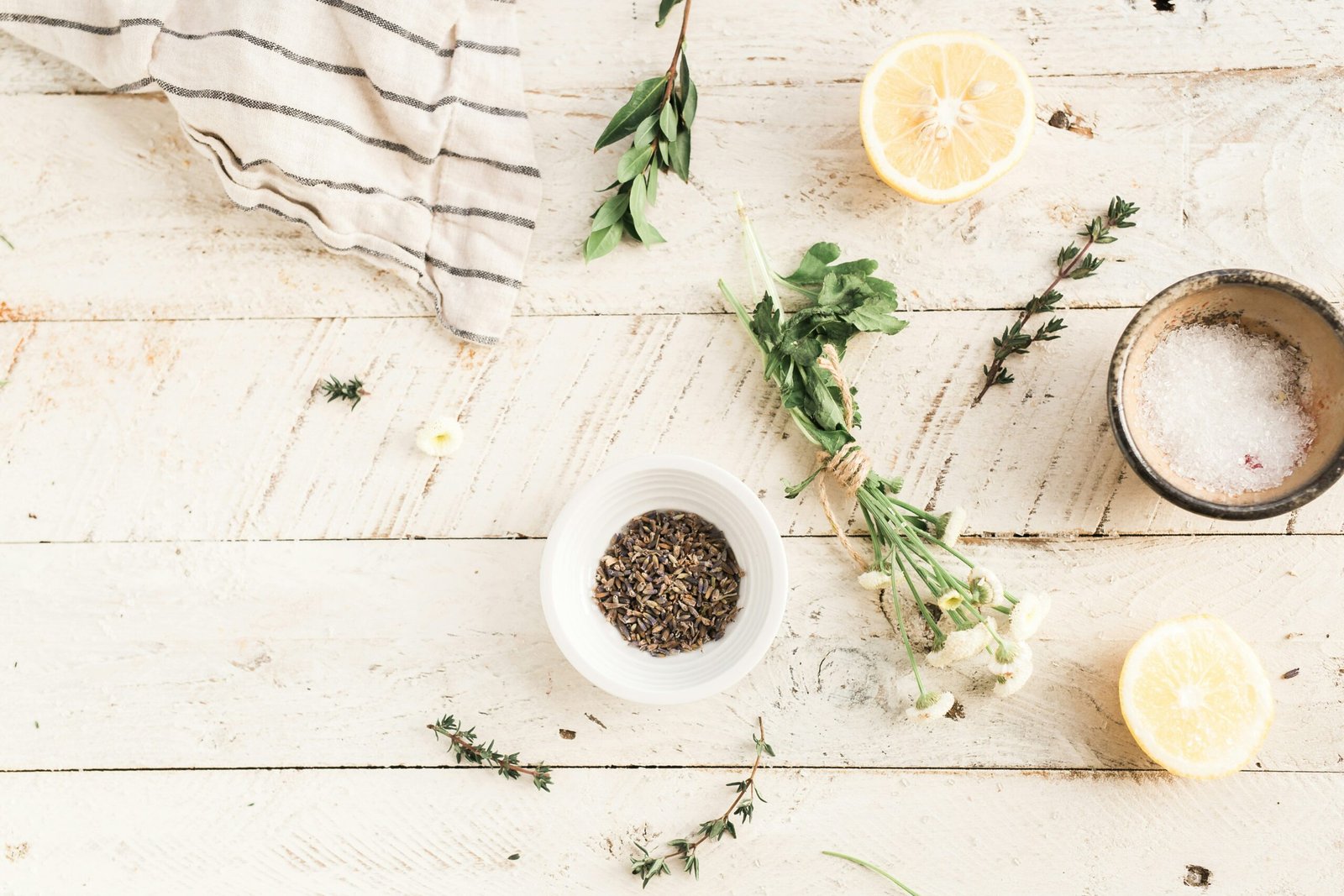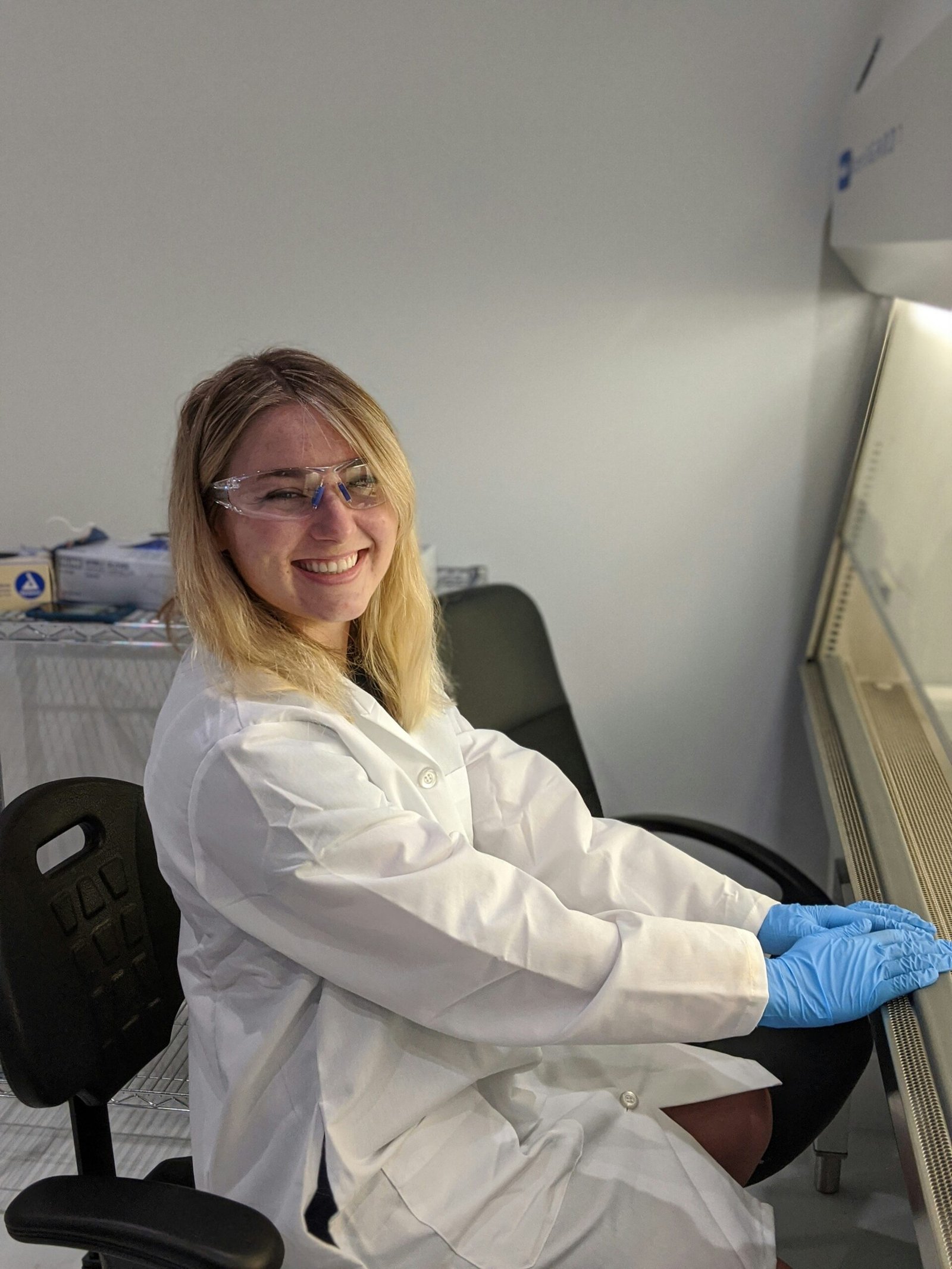Introduction to Plant Tissue Cultures
Plant tissue culture (PTC) is used to propagate plants under sterile conditions. This technique allows for the growth of new plants from small pieces of existing plants, significantly aiding in plant research, breeding, and conservation. Understanding the fundamental principles of PTC is essential for anyone interested in botany or horticulture.
Basic Techniques in Plant Tissue Culture
The first step in PTC involves the selection of plant material, known as explants. These explants can be taken from various parts of the plant, such as leaves, stems, or roots. Once the explants are collected, they are thoroughly sterilized to eliminate any pathogens that may hinder growth.
After sterilization, explants are placed in a nutrient-rich growth medium, typically gel-like in consistency. This medium provides the necessary nutrients, hormones, and vitamins that help the explants grow and develop into new plants. Careful control of environmental factors like light, temperature, and humidity is crucial during this stage to encourage successful growth.
Advantages of Plant Tissue Cultures
Utilizing basic techniques of PTC has several advantages. Firstly, this method allows for the rapid production of disease-free plants, which is critical for commercial agriculture. Additionally, PTC can be used to propagate rare or endangered species. By mastering these fundamental techniques, horticulturists and researchers can achieve significant progress in plant propagation and preservation.
Notes
Basic techniques of Plant tissue culture





